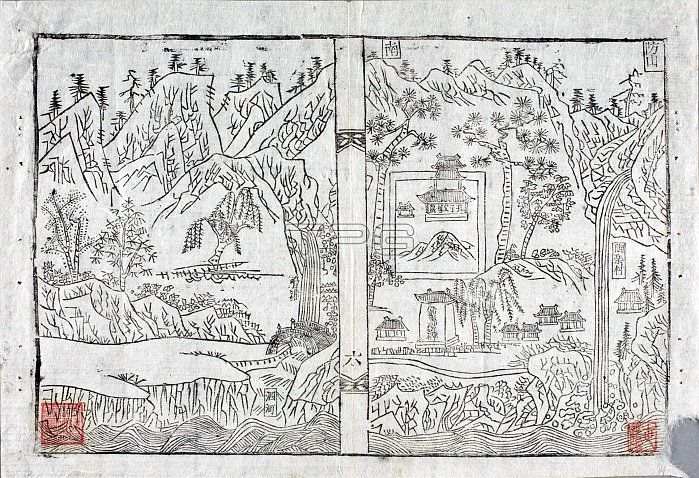
Woodblock print of Buddhist Text from Korea, Korean, Joseon dynasty (1392-1910), 18th century. Korean Buddhism is distinguished from other forms of Buddhism by its attempt to resolve what it sees as inconsistencies in Mahayana Buddhism. Early Korean monks believed that the traditions they received from foreign countries were internally inconsistent. To address this, they developed a new holistic approach to Buddhism. This approach is characteristic of virtually all major Korean thinkers, and has resulted in a distinct variation of Buddhism, which is called Tongbulgyo. The languages of the Korean peninsula were written using hanja, called hyangchal or idu: the use of Chinese characters either as rebuses to stand for Korean words, or as synonyms for those words. Sejong the Great promulgated the Korean alphabet in 1446 and Korean is now written almost exclusively in hangul.
| px | px | dpi | = | cm | x | cm | = | MB |
Details
Creative#:
TOP22142001
Source:
達志影像
Authorization Type:
RM
Release Information:
須由TPG 完整授權
Model Release:
N/A
Property Release:
No
Right to Privacy:
No
Same folder images:

 Loading
Loading